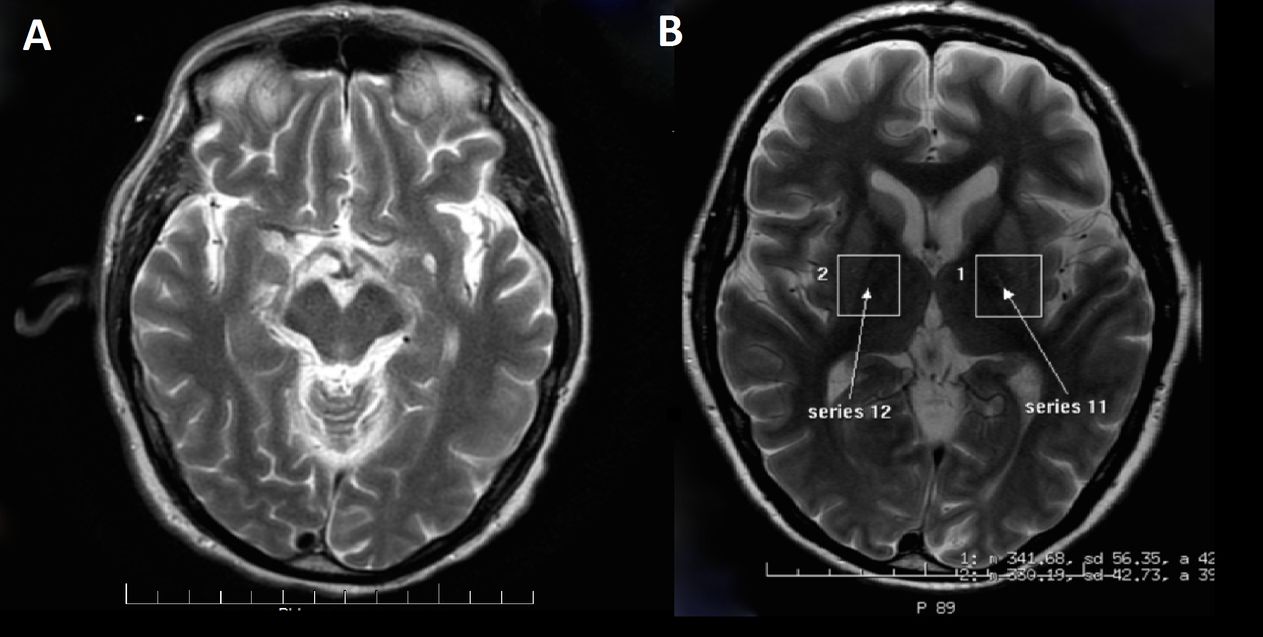Overview Of The Major Types Of Dementia
Normal Pressure Hydrocephalus

Normal pressure hydrocephalus is a brain condition. It involves excessive amounts of cerebrospinal fluid building up in the ventricles of an individual's brain. Although there is this excessive amount of fluid, patients will still have normal pressure readings after a lumbar puncture. Unfortunately, as the fluid builds in the ventricles, they begin to enlarge. This will eventually damage surrounding tissues in the brain. The result of this are symptoms that resemble dementia, including reasoning and thinking problems and difficulty walking.
These symptoms are often why normal pressure hydrocephalus is often misdiagnosed as Alzheimer's disease. Other individuals with this condition may be misdiagnosed with Parkinson's disease. Thankfully, however, normal pressure hydrocephalus is treatable. Many patients see some improvement with shunt surgery. This involves the placement of a shunt from their brain to their abdomen to drain the excess cerebrospinal fluid.
Creutzfeldt-Jakob Disease

Creutzfeldt-Jakob disease is a prion disease. Prions, which are misshapen proteins, trigger degenerative brain disorders. Thus, this condition causes many symptoms of dementia. This includes memory loss, thinking impairments, loss of coordination, problems swallowing, changes in personality, and difficulty speaking. These symptoms are quite similar to those found in other forms of dementia, including Alzheimer's disease. The major difference is that dementia in Creutzfeldt-Jakob disease progresses much faster than in other forms.
Some tests, such as brain magnetic resonance imaging and electroencephalograms, help diagnose this condition. However, the rapid progression of the symptoms is often the best warning sign and diagnostic tool. Unfortunately, there is no effective way to treat Creutzfeldt-Jakob disease. Doctors typically focus on relieving pain and other symptoms as much as possible to keep patients comfortable.
